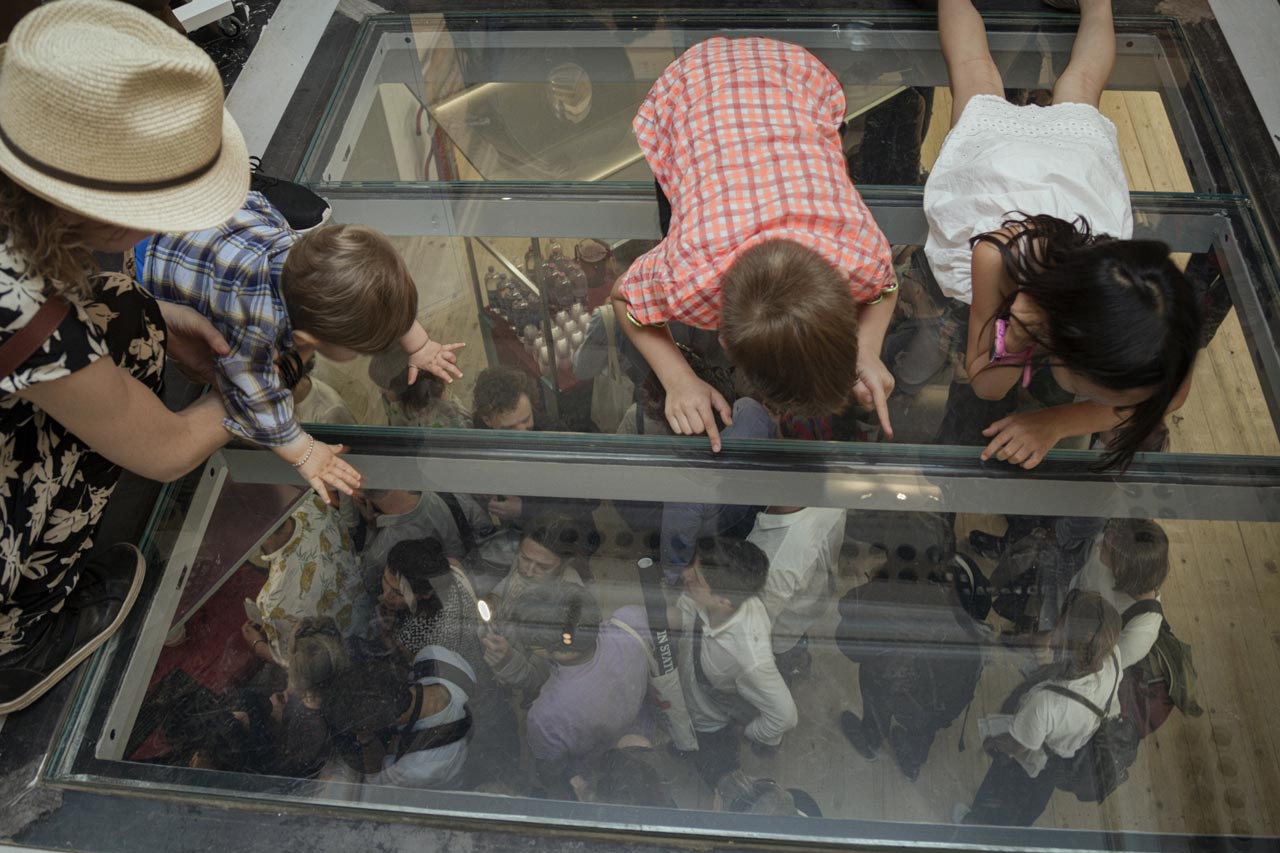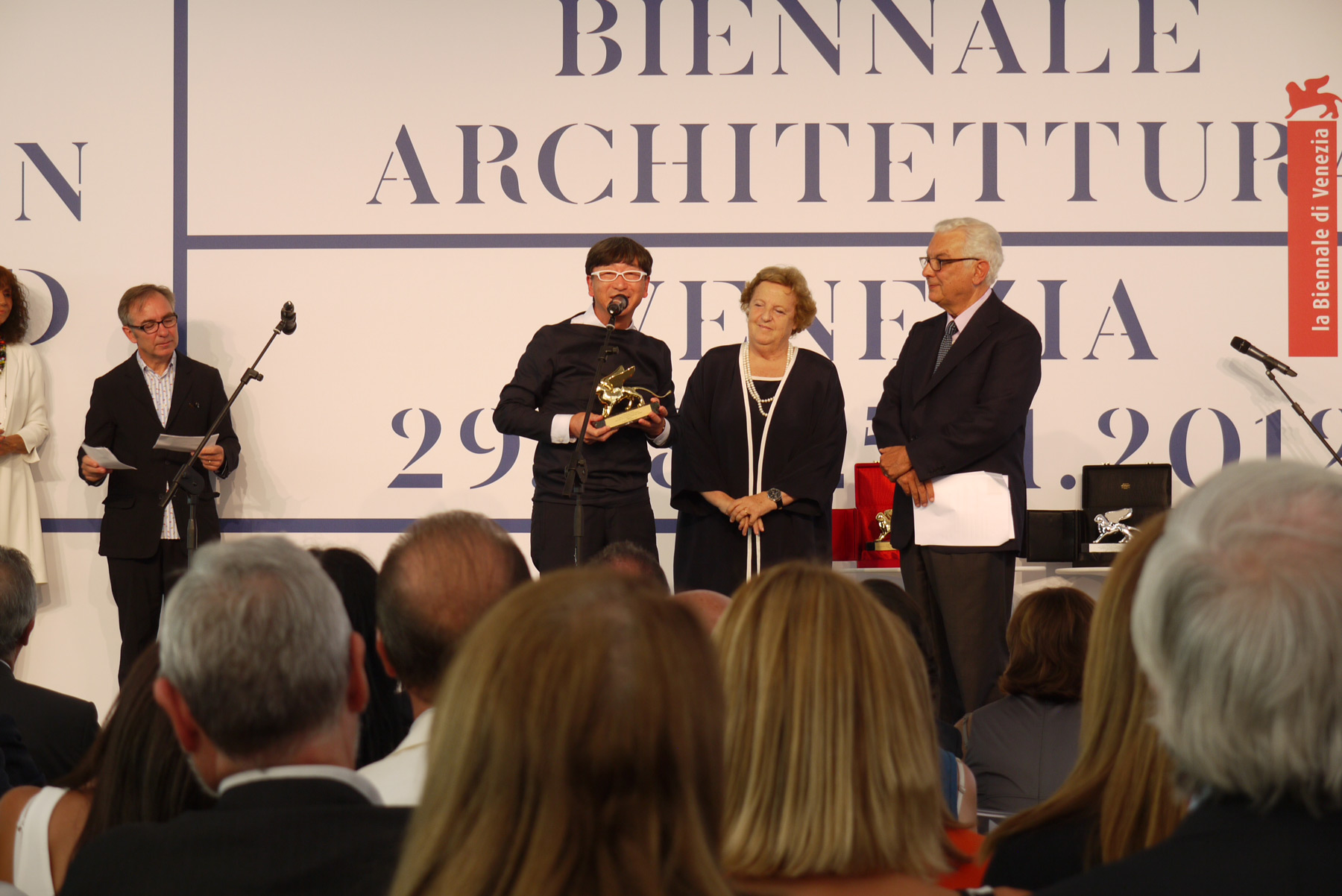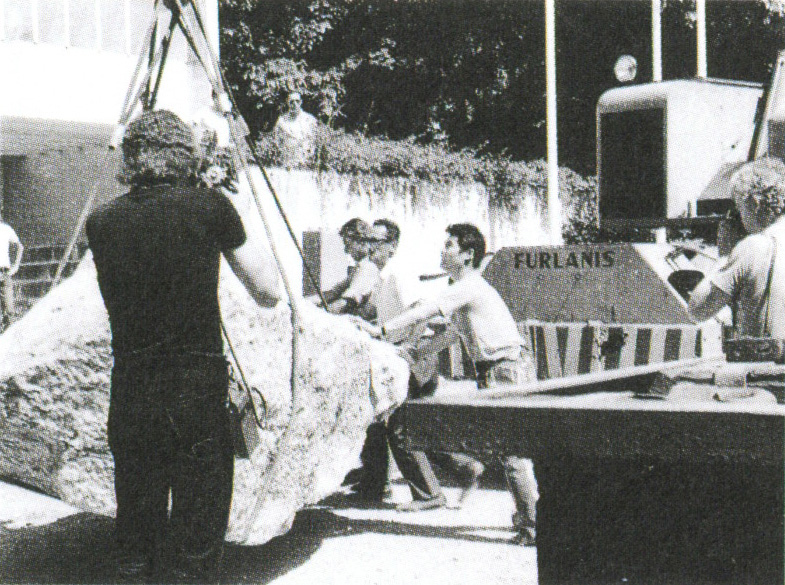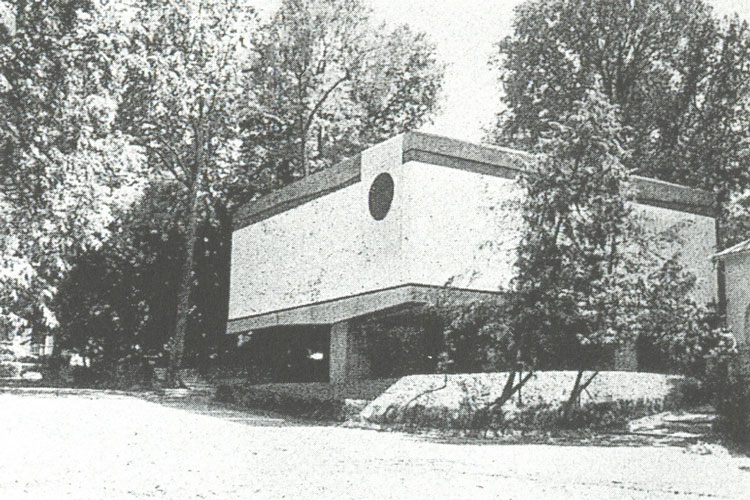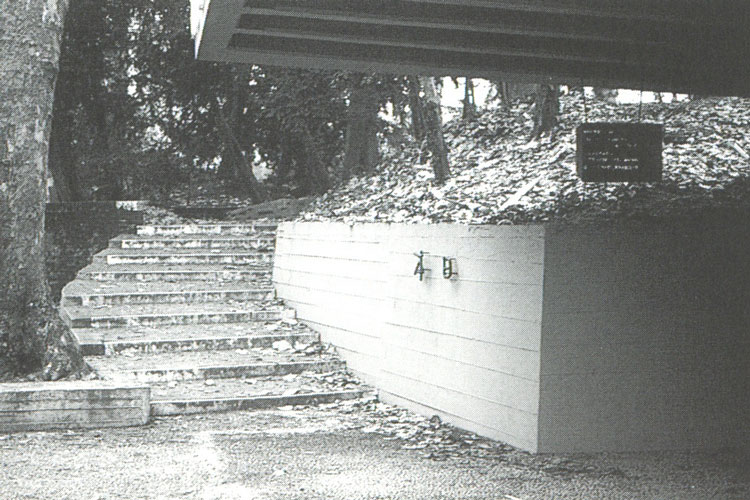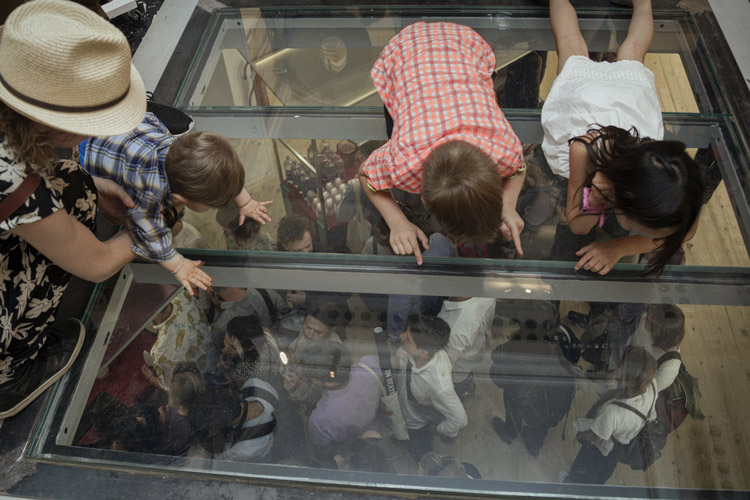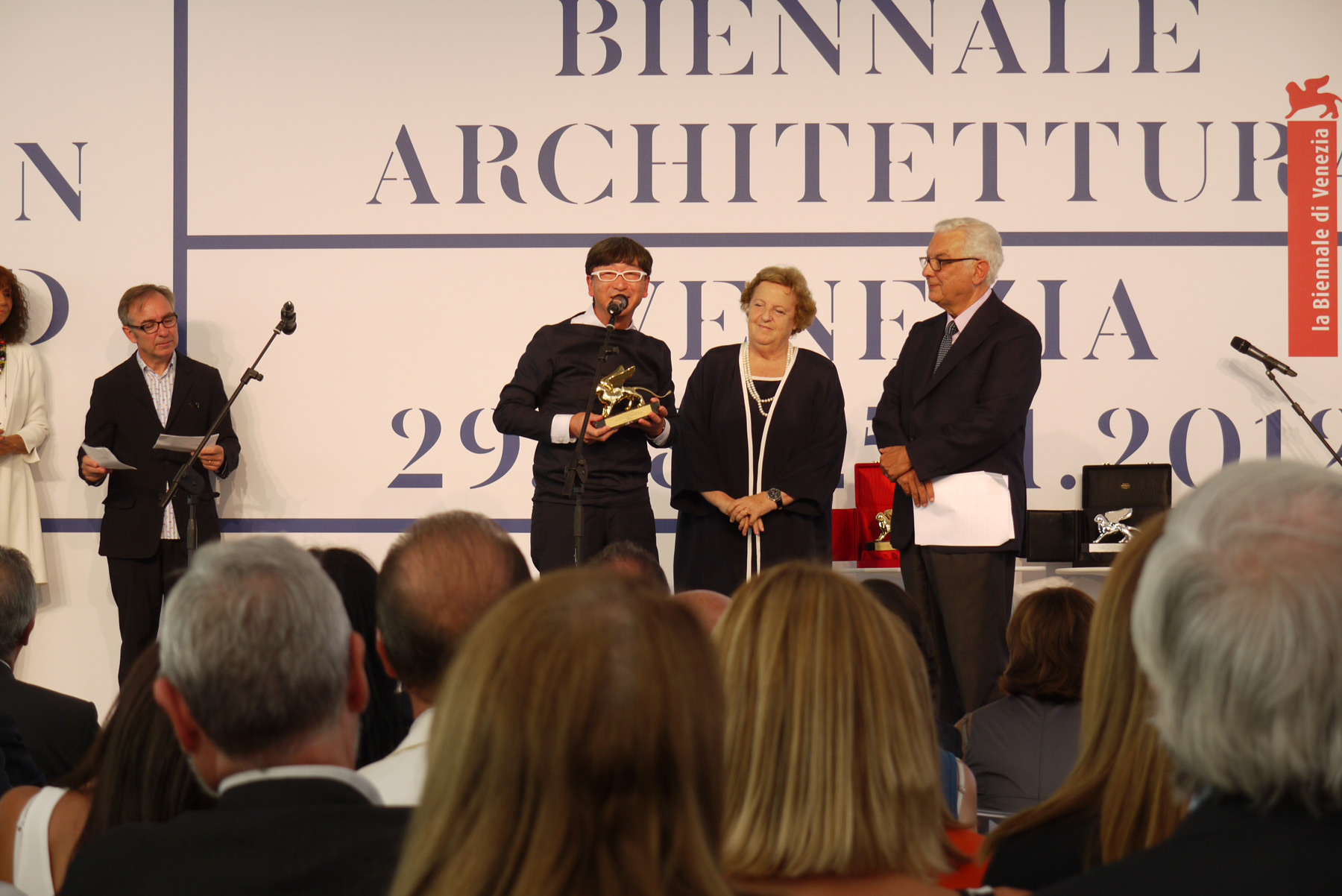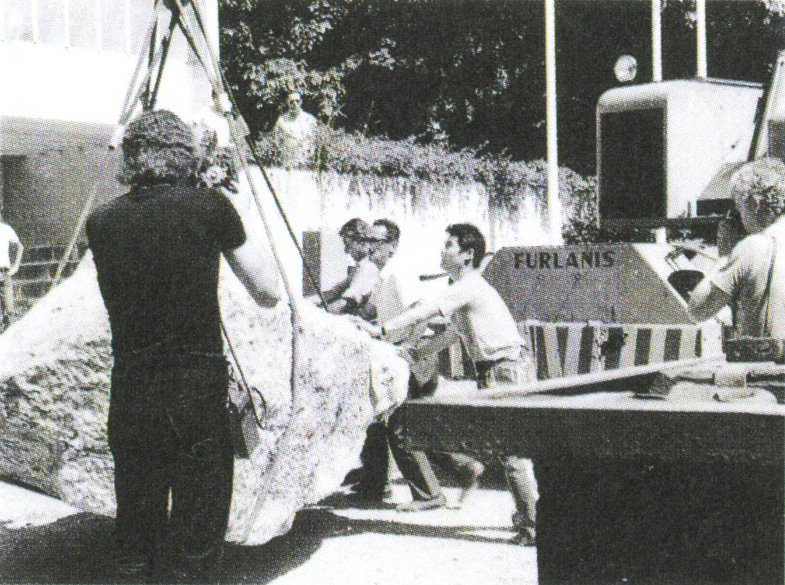About
The Venice Biennale
The Venice Biennale (La Biennale di Venezia) was opened by King Umberto I and Margherita of Savoy in 1895, shortly after the unification of Italy. Envisioned as a biennial international art exhibition from the outset, it invited not only Italian artists but also artists from overseas to take part, designating the Giardini (gardens) situated on route from the Grand Canal to the island of Lido, as its venue. 120 years since its inception, the Venice Biennale continues to adhere to this fundamental framework, exerting an overwhelming presence as an international art exhibition with the longest history in the world.
While there are said to be over 200 international art exhibitions in the world, what distinguishes the Venice Biennale in addition to the appeal of the city, history, and culture of Venice, is the fact that it adopts a national representation format, in which participating countries own a permanent pavilion in the Giardini, where they take the initiative to exhibit innovative works by their nation’s artists. Approximately 90 countries take part in this international art exhibition, with currently 29 countries including Japan owning permanent pavilions in the Giardini that is one of the main venues, as well as those who exhibit in the Arsenale and other locations across the city. Another significant feature of the Biennale is the award system for pavilions and individual artists, the results of which is a subject of great attention.
The Venice Biennale had evolved into a comprehensive arts festival with the addition of music, film and theater sections in the 1930s, followed by architecture and dance. Over 7,000 members of the press from all around the world are said to gather at the opening of the art exhibition, firmly establishing its position as the most recognized, vibrant, and influential international exhibition of contemporary art.
Japan, which returned to the international art scene after WWII, made its first official participation in the Venice Biennale in 1952, and has continued to take part on each occasion. Since 1991, Japan has also been an official participant of the Biennale’s International Architecture Exhibition.
La Biennale di Venezia Official Website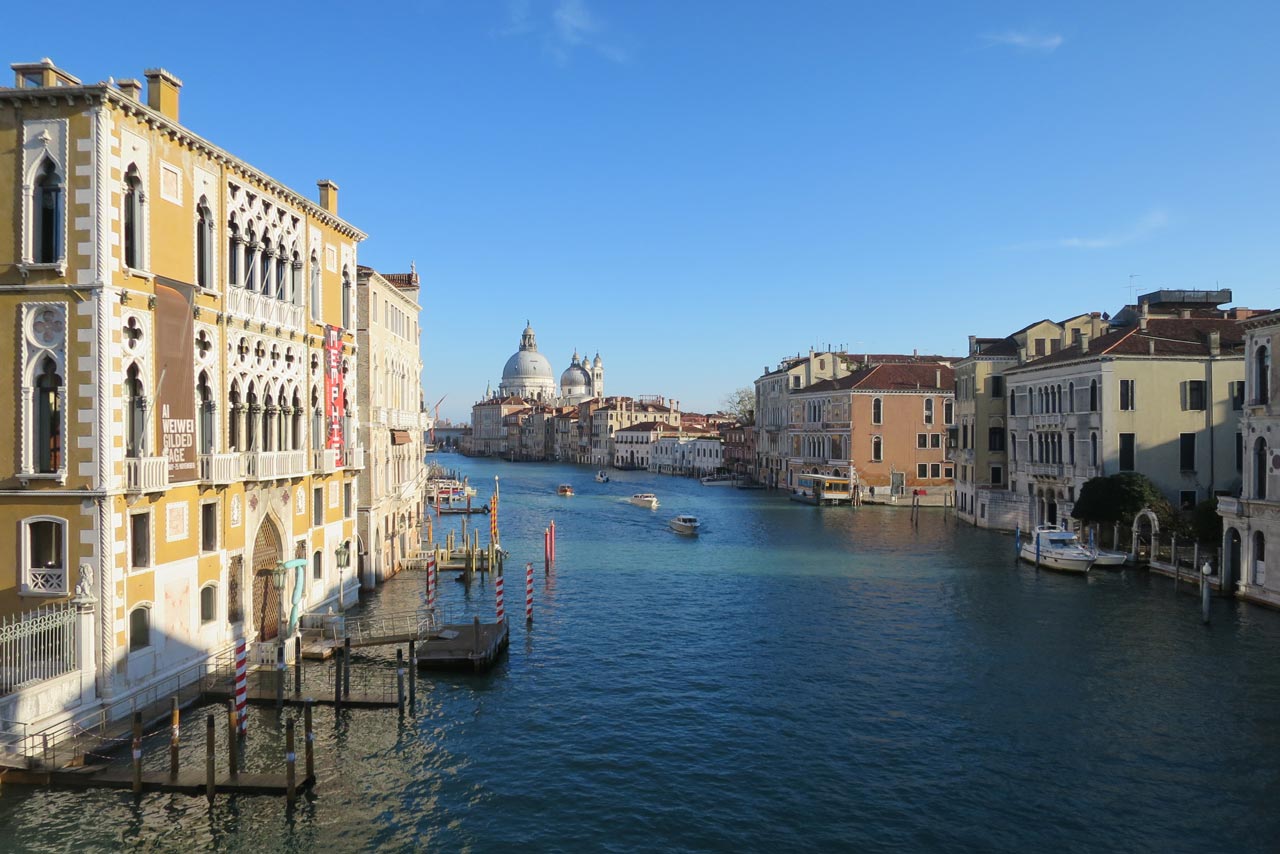
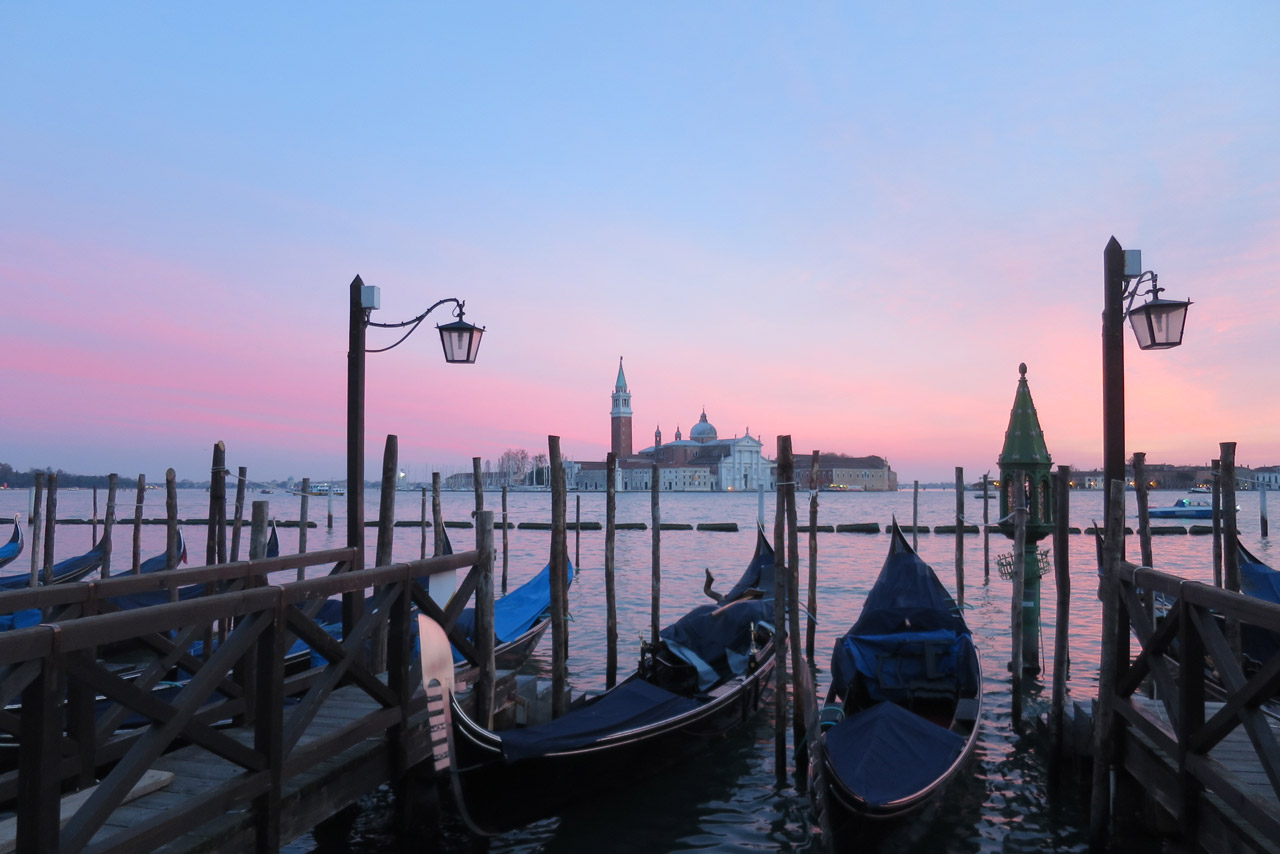
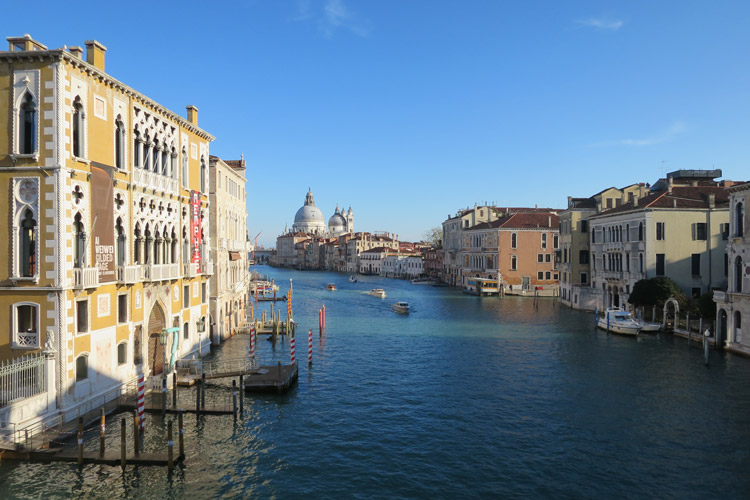
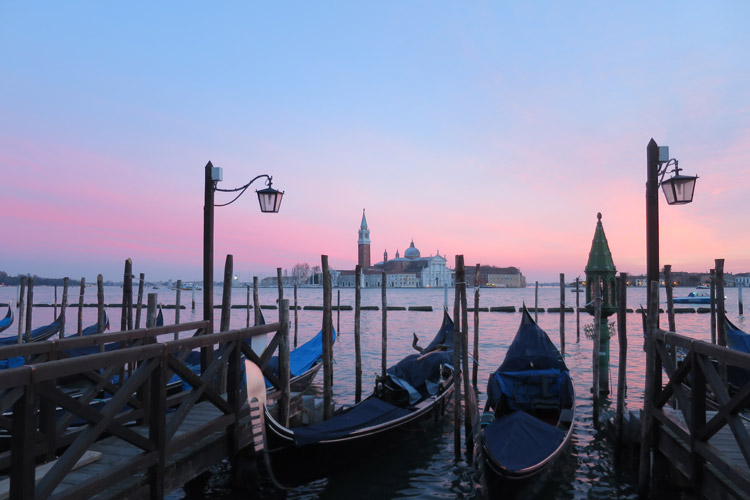
The Japan Pavilion
When the Venice Biennale was first established, works from both Italy and overseas were presented together in a sole exhibition hall built in the Giardini, yet starting with Belgium in 1907, each country began to construct their own national pavilion. While Japan also submitted an architectural design proposal for the Japan Pavilion to the Biennale authorities in 1932, plans had once been discarded due to the effects of the war.
The much-anticipated Japan Pavilion was finally completed in 1956 with the donation of Shojiro Ishibashi, founder of Bridgestone Tyre Company, Ltd. (current Bridgestone Corporation). The Japan Pavilion, designed by architect Takamasa Yoshizaka who studied under Le Corbusier, is an innovative building that combines international style with Japanese features. Its walls are divided by four protruding partitions, and a hole is opened in the center of the floor leading to a pilioti.
Despite the limited space of the exhibition room with a floor area of 256 square-meters, on each occasion Japan's leading artists and architects have showcased their diverse and fascinating works to the world in this place that attracts great international attention. So far, more than 200 artists and architects have exhibited at the Japan Pavilion, including artists such as Yoshishige Saito, Jiro Takamatsu, Kishio Suga, Yayoi Kusama, Tatsuo Miyajima, and Koki Tanaka, as well as architects Arata Isozaki and Toyo Ito.
Toyo Ito renovated the Japan Pavilion in 2014 and in 2025, with the support of the Ishibashi Foundation. Renovations have been made to restore Yoshizaka's design intent as much as possible in an effort to regain the building’s original appearance at its time of completion. The number of visitors to the Japan Pavilion in recent years has exceeded 640,000 for art exhibitions and 190,000 for architectural exhibitions, and the importance of the Japan Pavilion as a base for disseminating Japanese cultural information to the world is increasing.
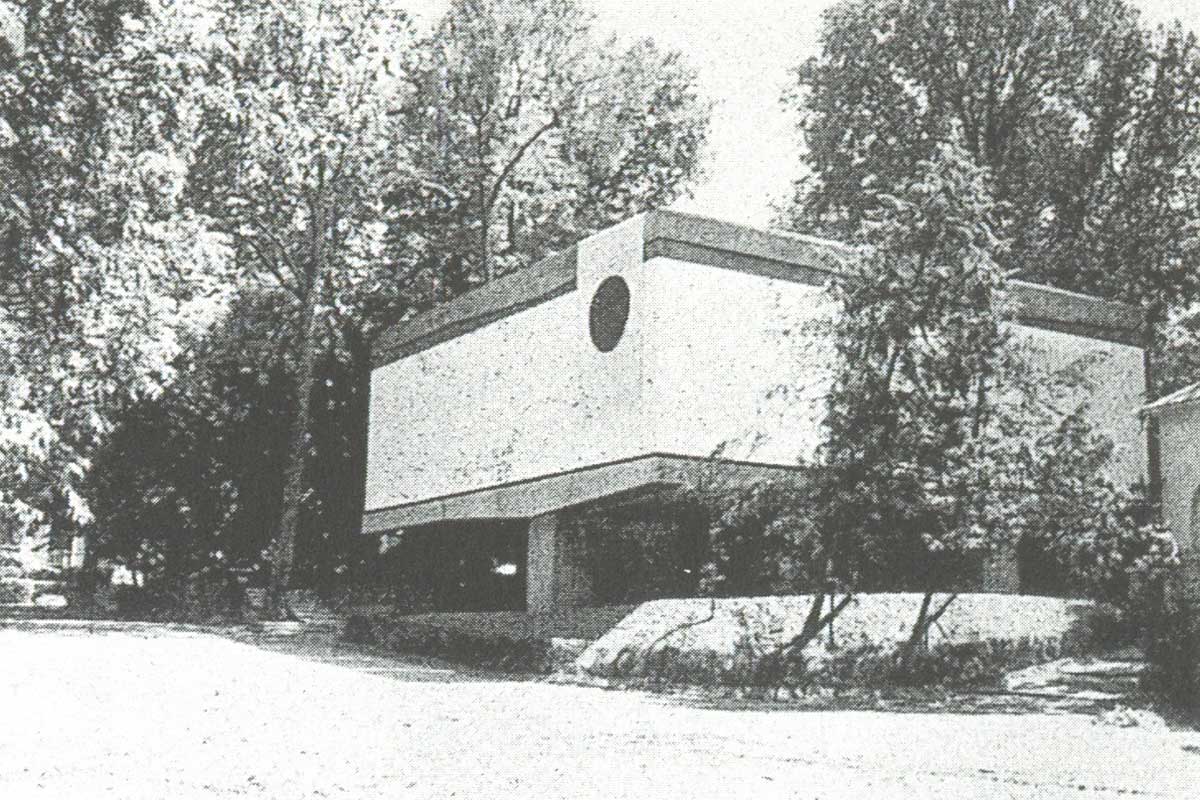
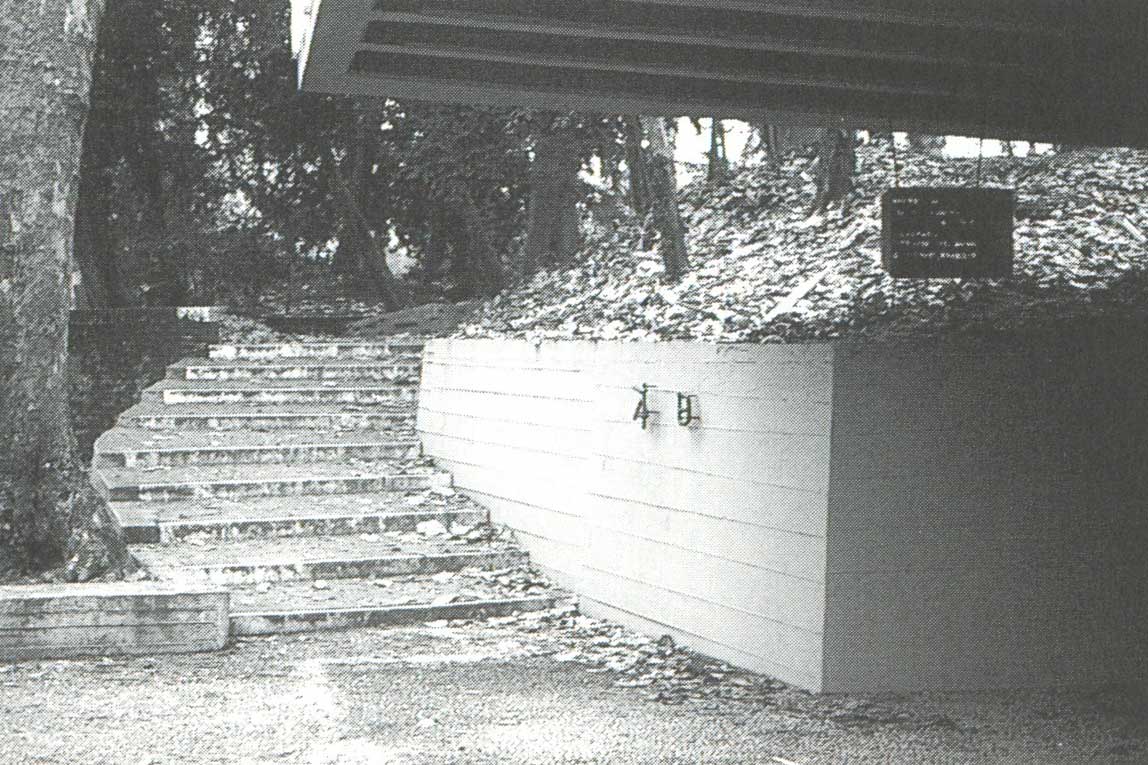
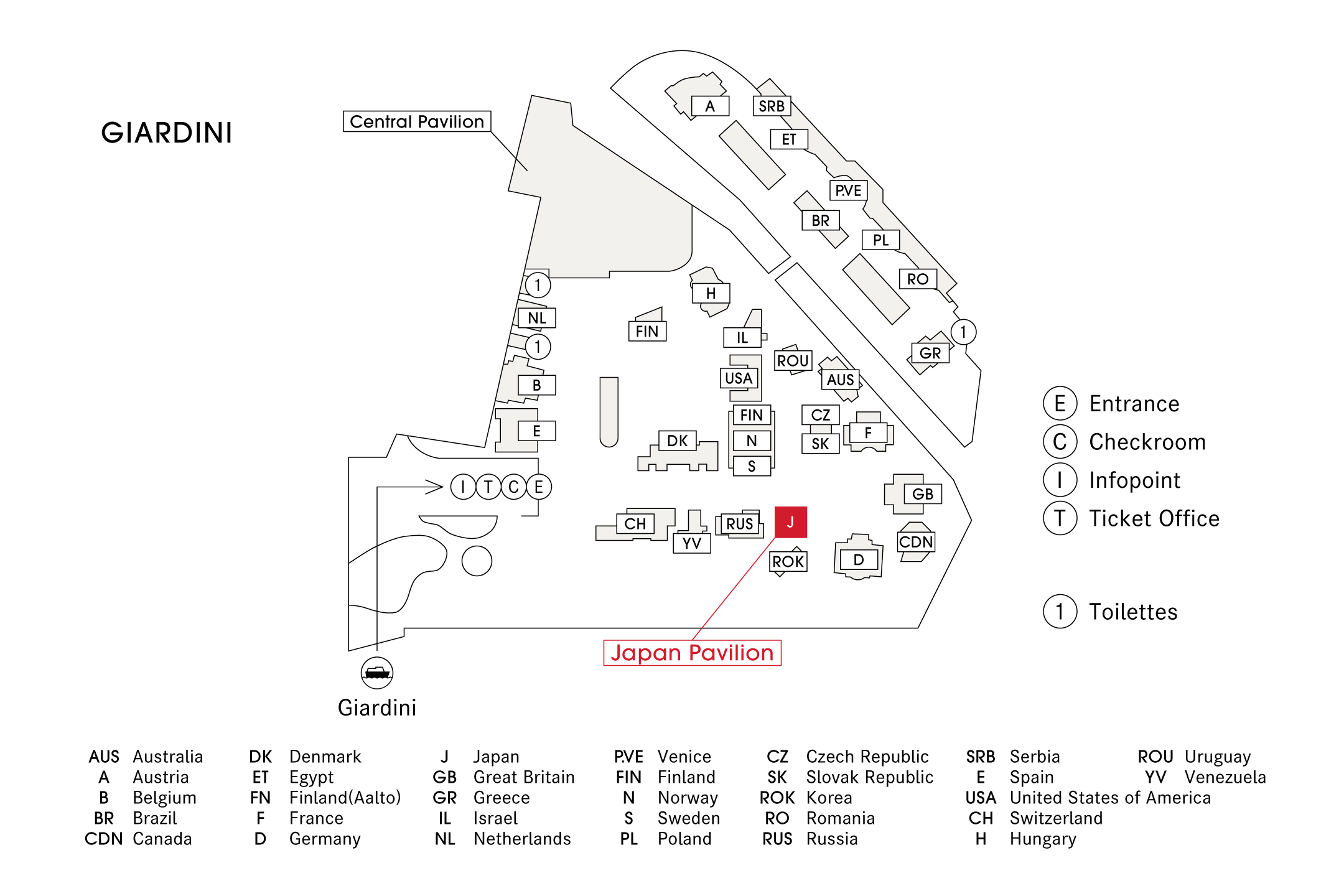
The Japan Foundation
The Japan Foundation serves as the organizer and commissioner of both the art exhibitions and architectural exhibitions that are held at the Japan Pavilion at the Venice Biennale. The Japan Foundation was established in 1972, following on from its predecessor, Kokusai Bunka Shinkoukai (KBS). Since 2003, as an incorporated administrative agency supervised by the Ministry of Foreign Affairs, it has comprehensively engaged in implementing cultural exchange projects between Japan and other countries with the aim of promoting international mutual understanding.
Since 1976, the Japan Foundation has continued to introduce representative Japanese artists at the International Art Exhibition of the Venice Biennale. The Japan Foundation works together as a team with artists and curators selected on each occasion with the support of art experts, and is responsible for planning and coordinating the exhibitions at the Japan Pavilion (the transportation of works, dispatching related staff, installing the exhibition, and the production of the catalogue), as well as public relations, management, and operations during the exhibition period. Such efforts are assisted by The Japan Cultural Institute in Rome, which serves as the Japan Foundation’s base for activities in Italy, and local coordinators in Venice. In addition, for the International Architecture Exhibition, of which Japan has been an official participant since 1991, the Foundation likewise organizes exhibits to be presented at the Japan Pavilion.
Furthermore, the Japan Foundation supports the participation of Japanese artists and architects invited to take part in special exhibitions organized by the Biennale Foundation through the Exhibitions Abroad Support Program. Also, concurrently to the Biennale, it occasionally engages in presenting or supporting special exhibitions in Venice that aim to introduce Japanese art and culture.
